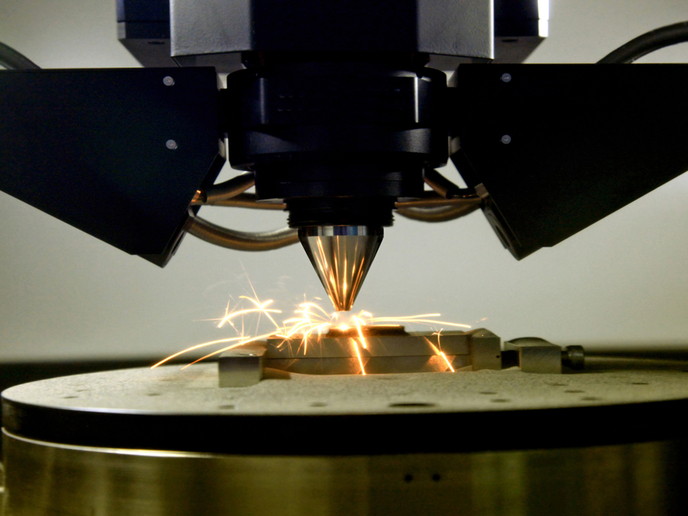New approach to seismic monitoring system will make mining safer
Catastrophic ground collapse is the main workplace hazard in mining – it can trap or kill miners and lead to huge financial losses for companies involved. Mining-induced seismicity(opens in new window) is the result of instabilities in the rock mass which are triggered by stress changes caused by mining activities. “The magnitude of the seismic event depends on the energy stored in the rock mass in the source area of the event,” explains Vittorio Cannas, president of SpacEarth Technology(opens in new window). The EU-supported Mines-In-Time project hopes to prevent such events by monitoring the rock mass during mining activities and predicting ground collapse. Alterations in the state of the rock can be used to forecast overall rock stability, predicting potential collapse. Current methods include 3D local earthquake tomography(opens in new window) (LET), a passive scanning method that measures seismicity in the ground. Yet existing seismographic sensor networks only provide this data monthly, meaning it is not accurate in real time. The data is difficult to analyse and doing so is time-consuming, and expensive. This can lead to human error, which can render the analysis inaccurate. “MIT is a service developed by SpacEarth Technology (SET) for monitoring the rock mass stress alteration during mining operations, in almost real time,” says Cannas, Mines-In-Time project coordinator. It is built on a more advanced 4D LET algorithm, which encompasses the additional dimension of time. This is able to detect and analyse microseismic activity resulting from mining or other industrial operations.
Integrated solution
The project’s algorithm distinguishes between natural and man-made microseismic activity, caused by drilling or other common mining activities. “MIT computes a 4D numerical model of the rock elasticity for a target volume of the mine,” Cannas adds. No specialised hardware is needed as the software can be easily integrated into any decision support system, a tool used in mine management which runs on a traffic-light safety system.
Put to the test
MIT was trialled and successfully tested to show velocity changes of the seismic waves after blasting in the automated Garpenberg mine in Sweden. This is the world’s most productive underground zinc mines and is around 1 250 m deep. The results from the project have allowed the team to define and develop a quasi-real-time monitoring system for the elasticity of rock volume, which is critical to predicting rock changes. “The outcomes of the feasibility study have demonstrated the MIT’s full potential, and SET has decided to keep on developing the concept in line with our strategic vision,” notes Cannas. The EU grant allowed the team to develop the feasibility study, to investigate user needs and to find technical challenges and potential business opportunities for MIT.







